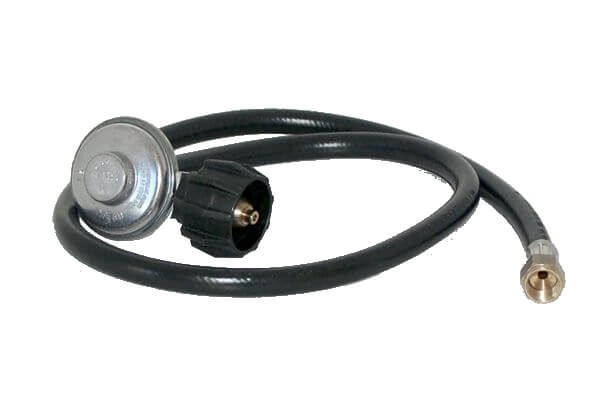And How to Find a Model Number
When you look online for replacement parts, or call the friendly sales rep at GrillPartsSearch.com, the first thing you’ll need is your gas grill model number. Having been that friendly rep, I can tell you that if you don’t know what a model number is or where to find it, that makes you and about a million other people.
In other words, you are not alone.
Let’s define “model number.”
It’s the number or letters, or combination of the two, given to the exact style of your grill. This means there may be hundreds or thousands of the same model grill made and sold. This is the reason replacement companies use model numbers to sell parts. All the grill of the same model will use the same parts. Usually, there is a certain way each manufacturer uses a model number. The manufacturer Nexgrill has seven digit numbers that start with a 7 and are written like this: 720-0061, while Brinkmann starts with an 8 and look like this: 810-2700. Charbroil also uses all numbers but always starts with a 4 and is nine digits long – 463240904.
Now, buckle up because it doesn’t get more simple from here. There are also a lot of manufacturers that use letters in their model numbers as well. A very common one is Member’s Mark. Their model numbers look like this: Y0202XC.
That’s basically how model numbers are structured. Every manufacturer uses a different system so they always know exactly which grills are theirs.
Do you see a LP or an NG hanging off the end of your model number? Nothing to worry about, that just denotes the kind of gas your grill uses. LP stands for Liquid Propane while NG means Natural Gas. Sometimes the LP or NG is a part of the model, sometimes not.
So, how do you find this model number? That’s a little trickier.
- First, try looking on your original owner’s manual. Usually the model number will be listed on the bottom of each page.
(I know some of you are looking at the screen in disbelief at the idea you’d still have that old grill manual. Ok, read on) - Some grills have small metal plates or labels with certification information on them, including your model number. These plates are usually on the back of each grill.
- Can’t find it on the back of the grill? Did you look down really low? Try inside the door, on the side of the control panel, under the control panel.
You found a serial number!? Yahoo!!! That’s not the same as a model number and no one lists parts using serial numbers. Sorry. Keep looking.
Still nothing? Or you found it but can’t read it? Well, that’s alright. You don’t have to dump your grill yet. Just measure the parts you need to replace and call 678-272-2451.
Someone will help you.
Stay tuned for tips to get accurate measurements and therefore, THE RIGHT PARTS!!
Toodles. -GG
Originally published Oct. 1, 2012.










